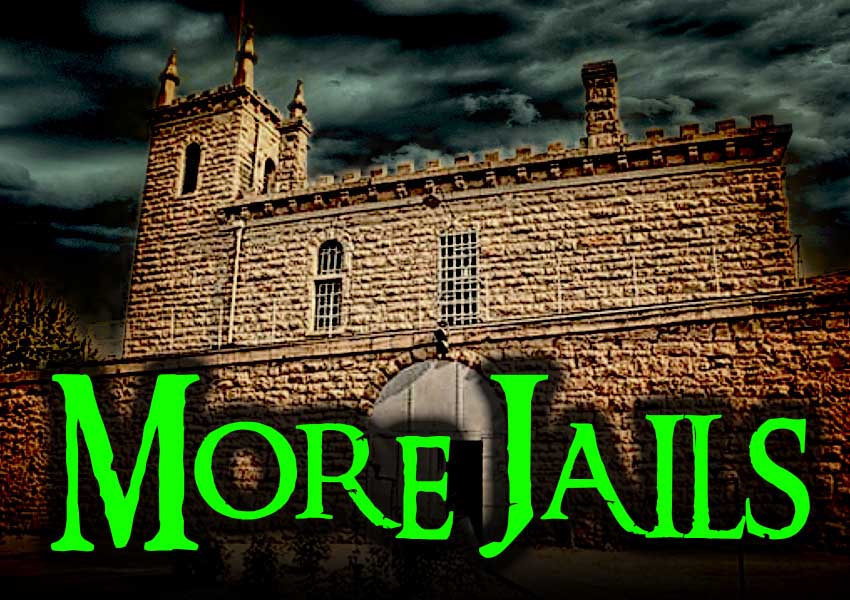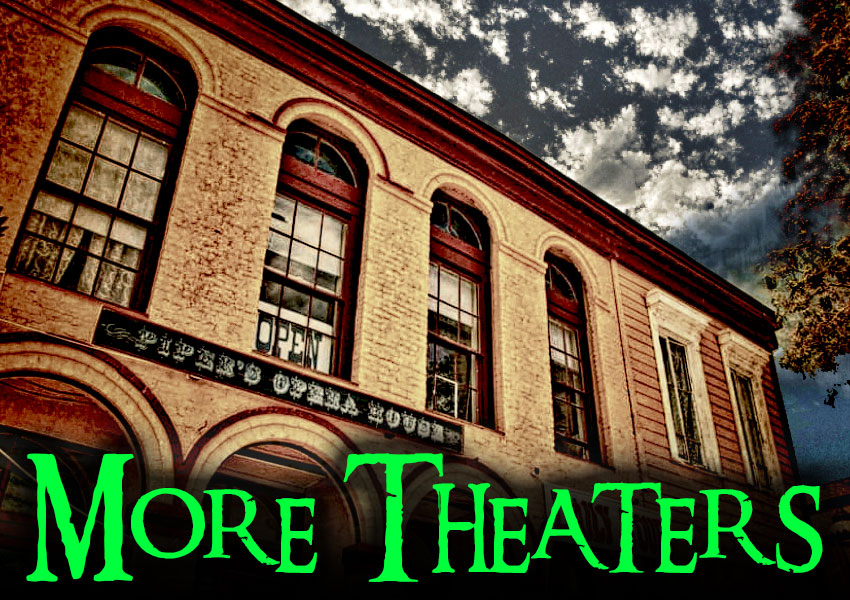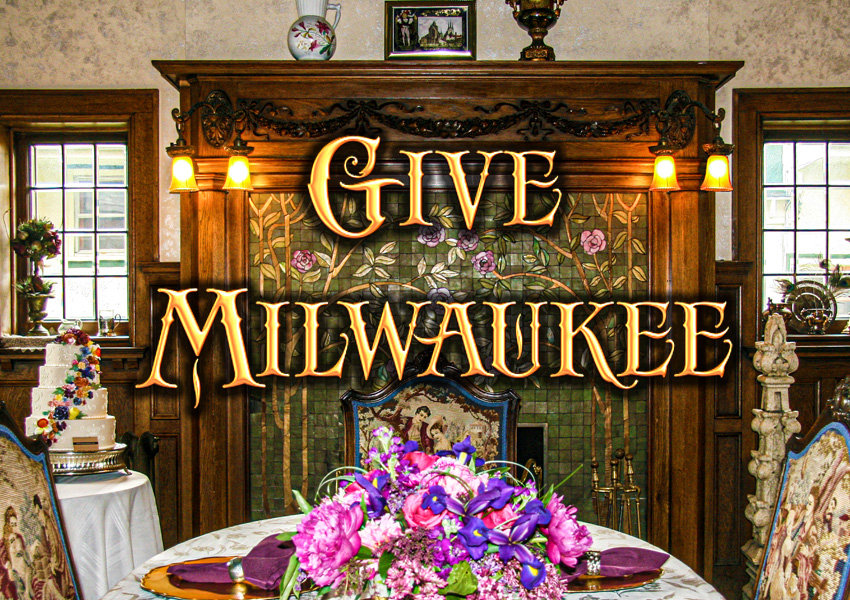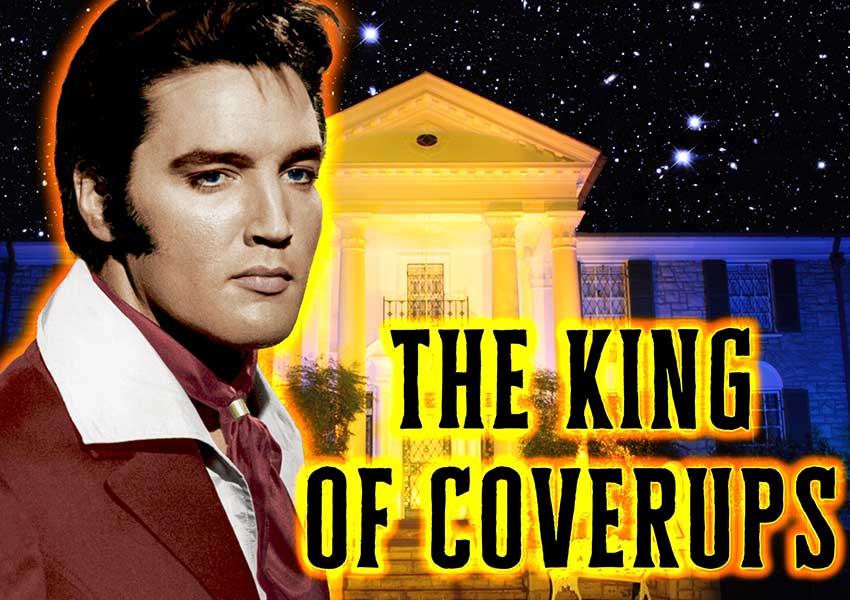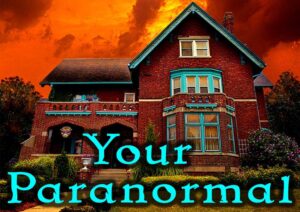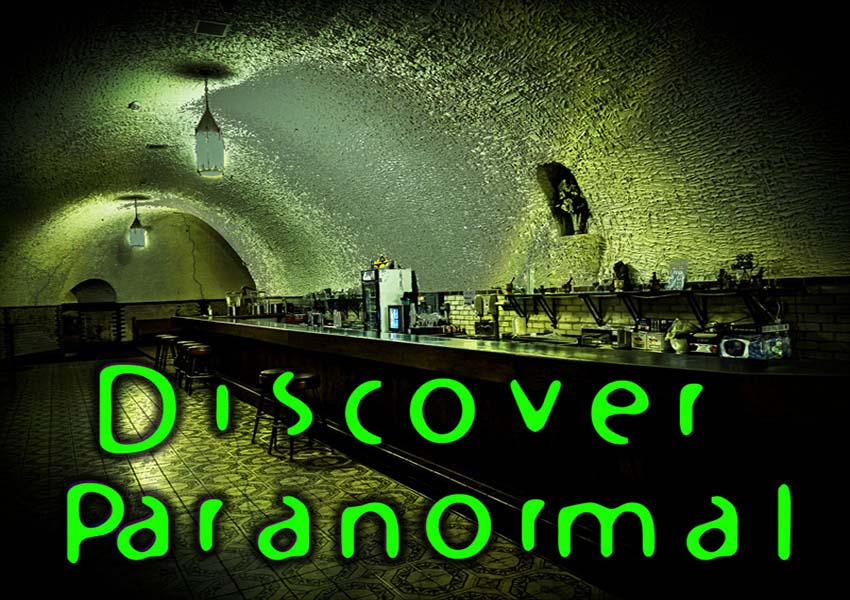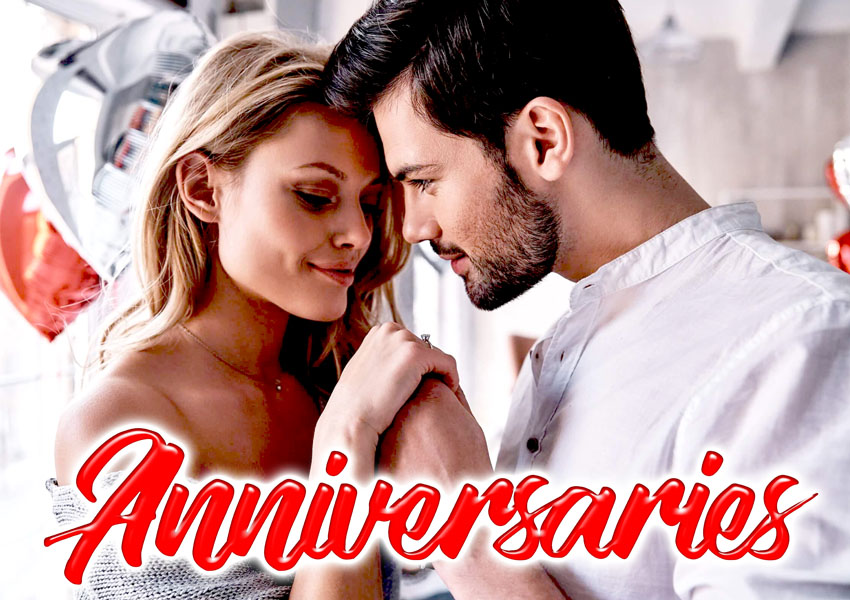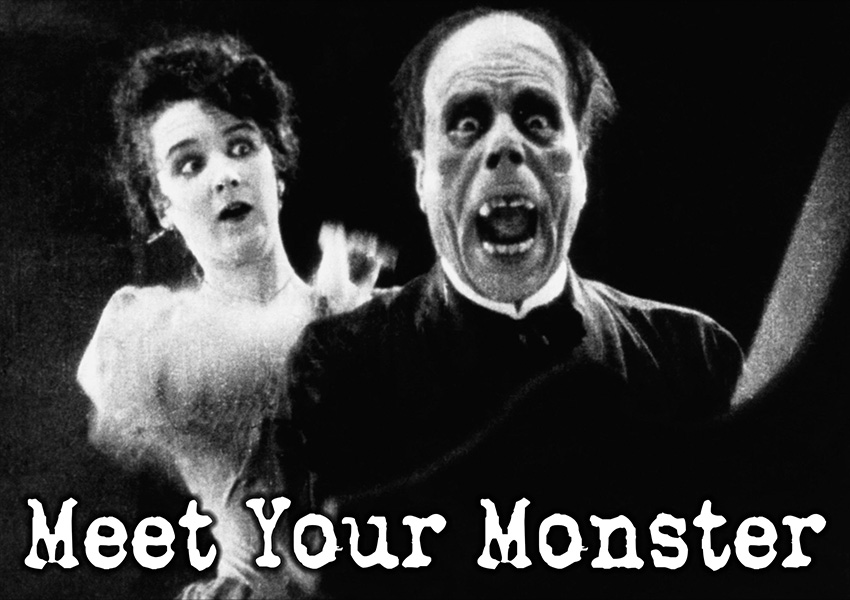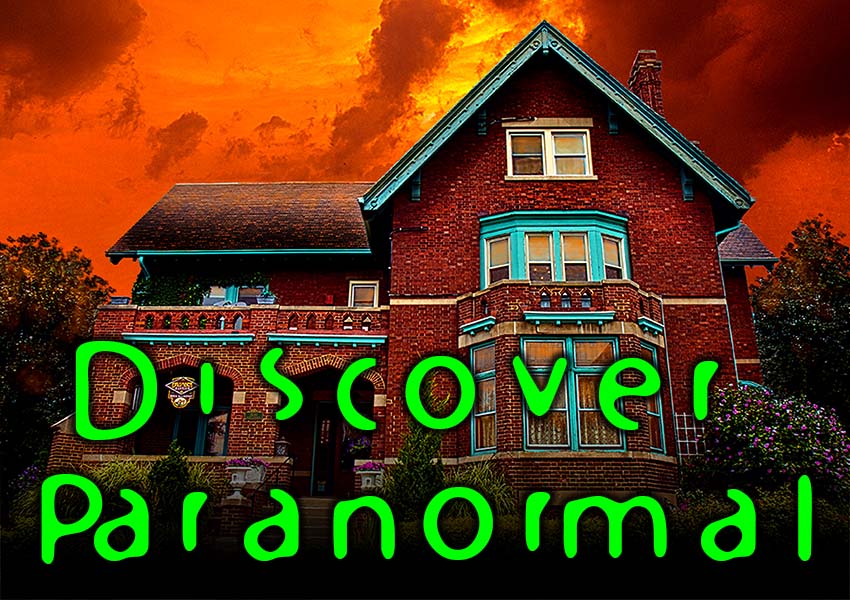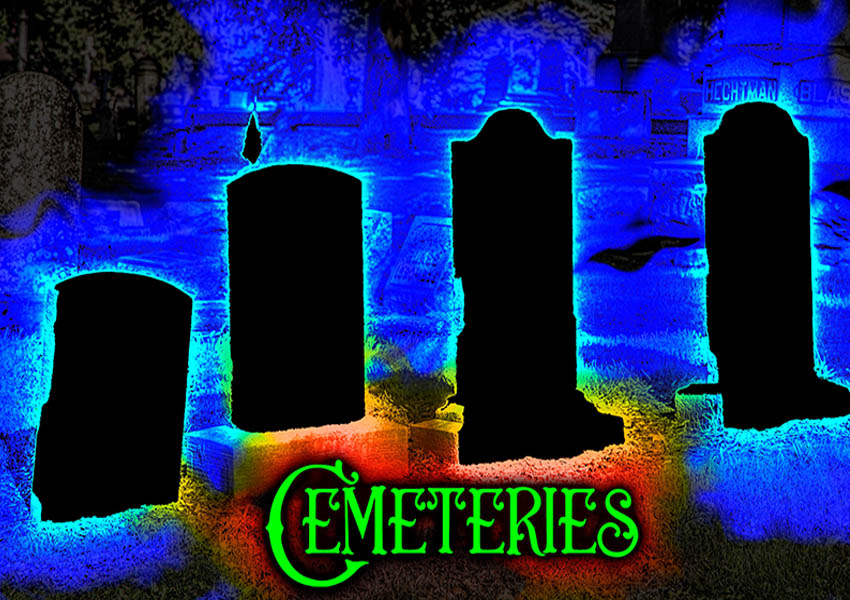Oswego New York
Fort Ontario
A large company of spirits reside here for a variety of reasons.
Besides spirits of soldiers, and of civilians who worked here,
spirits of WW 2 Jewish refugees also stay where they died,
still hoping to find a home in America.
Spirits feel right at home, and have no fear showing themselves, day or night.
Some may not know that they are dead.
They go about their duties, even interacting with the living.


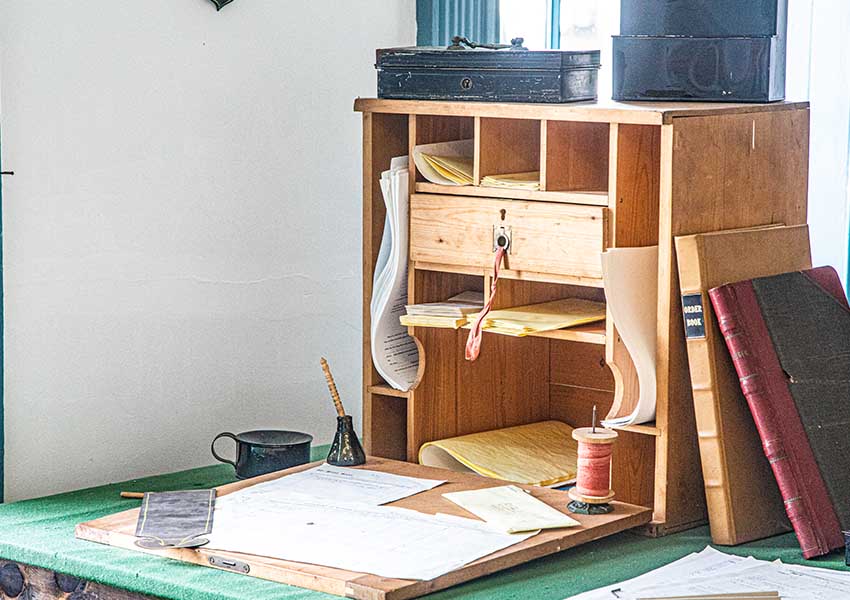
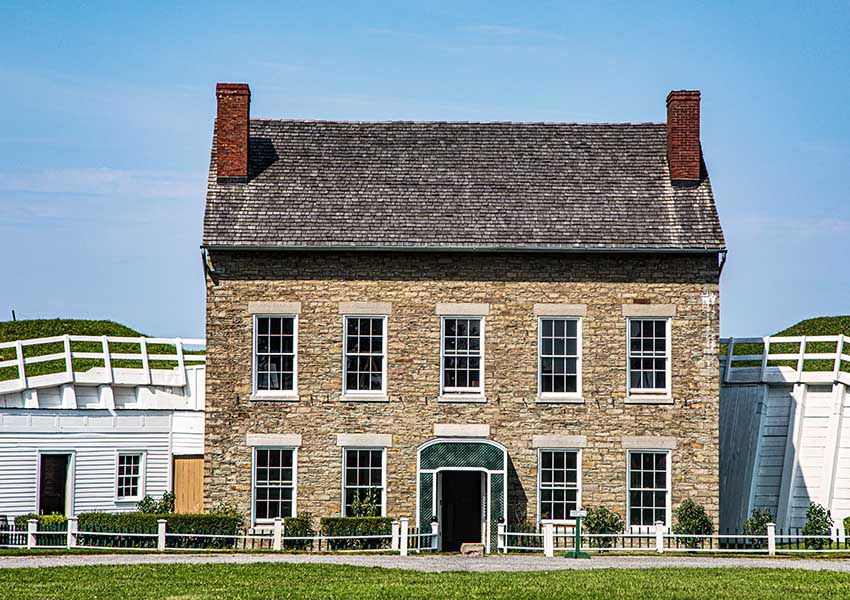
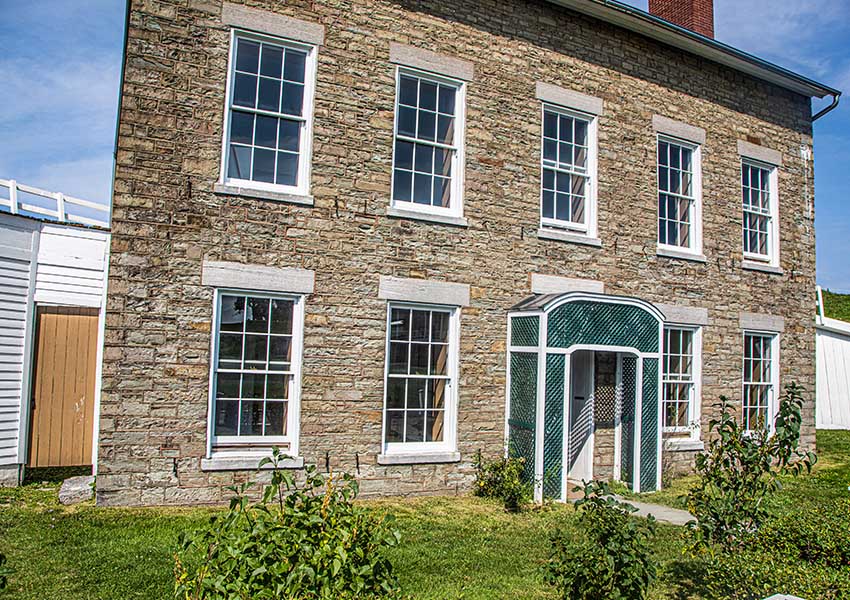
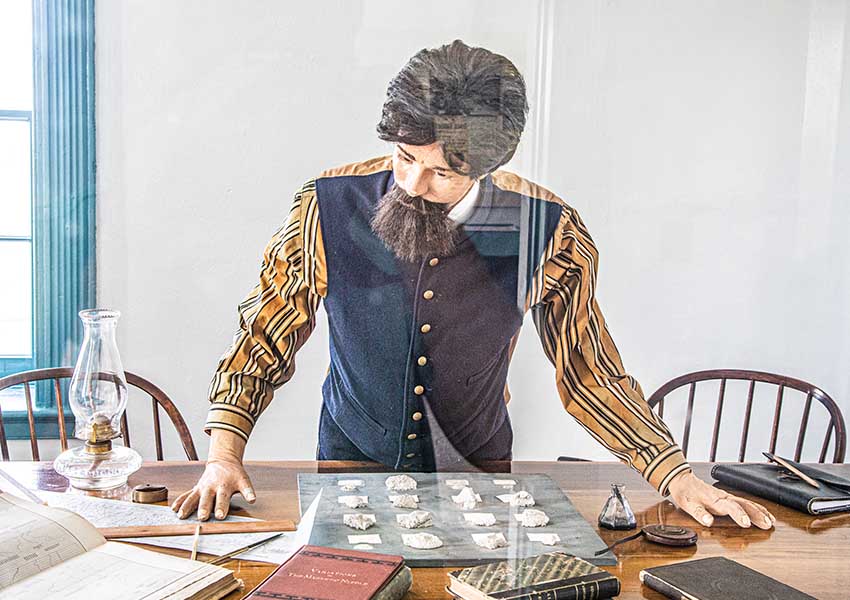
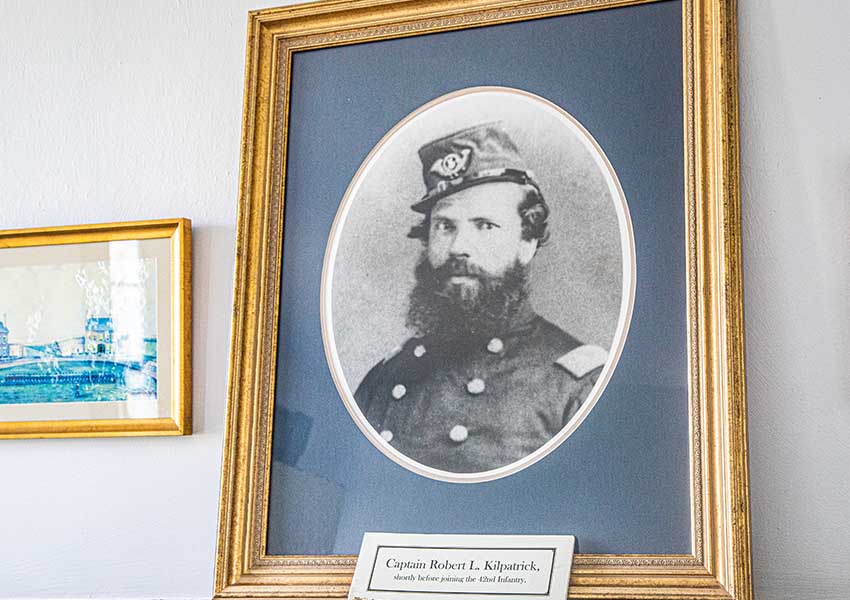

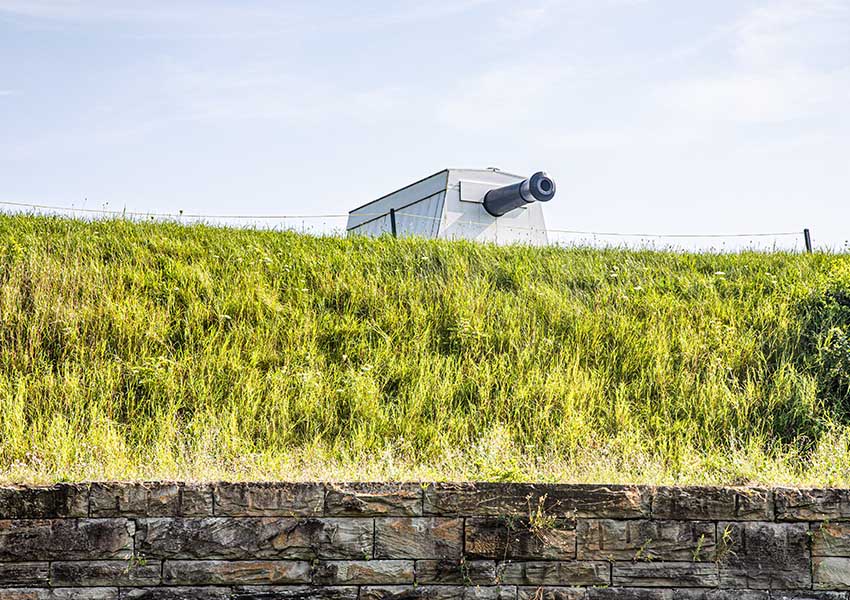

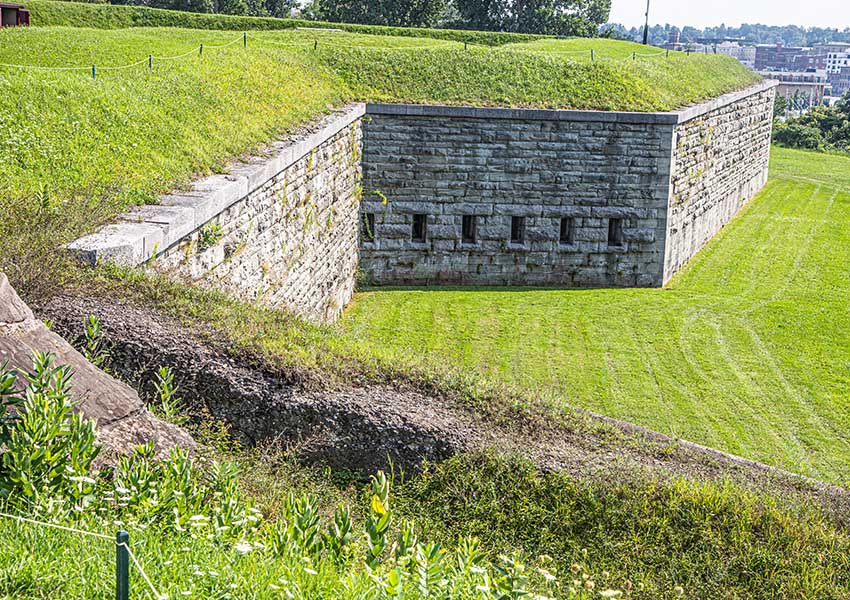
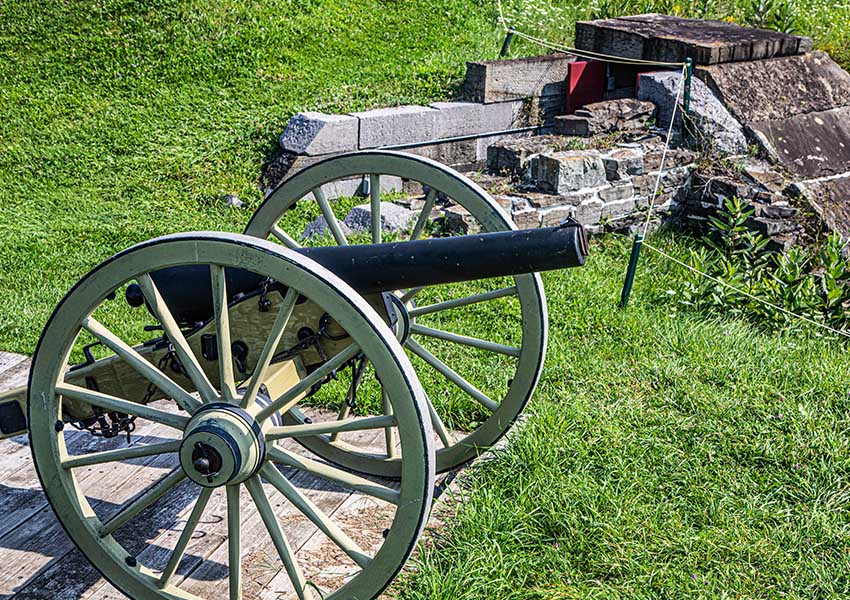

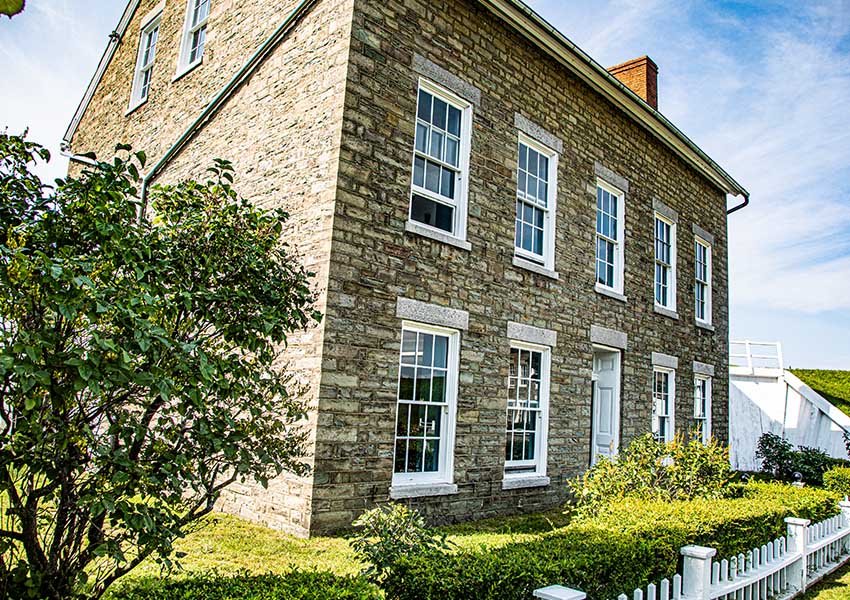
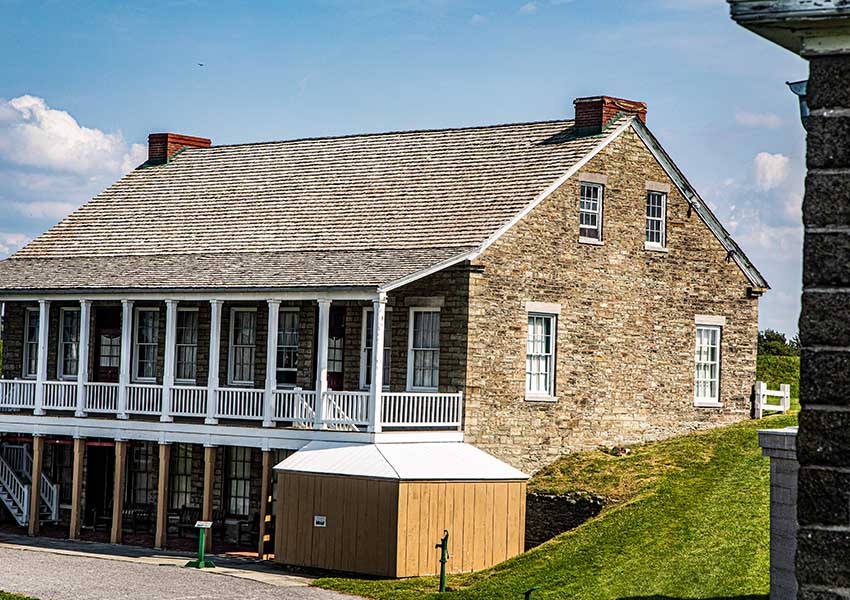
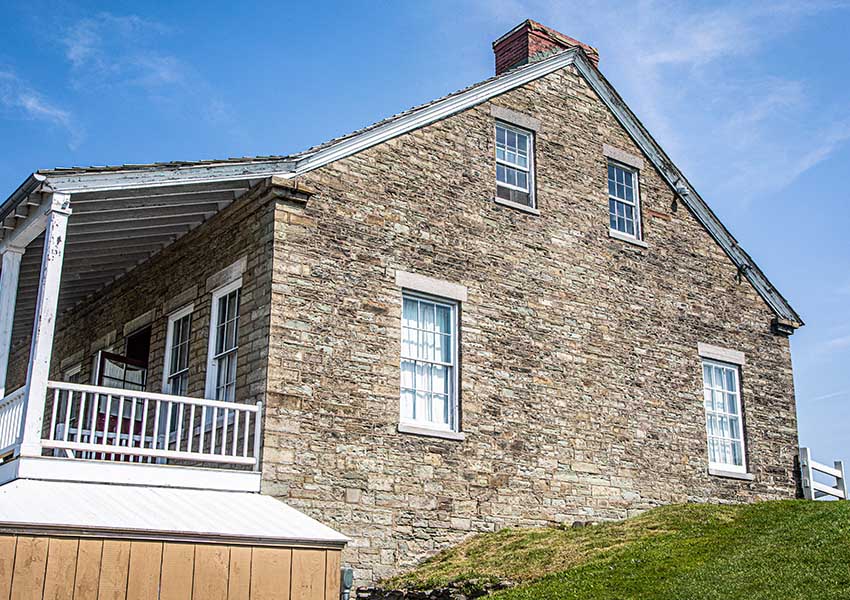


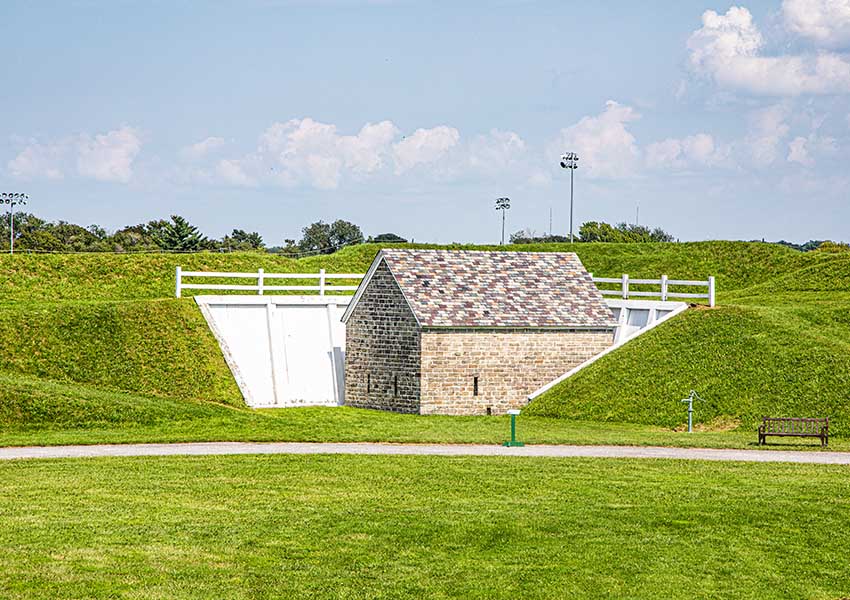
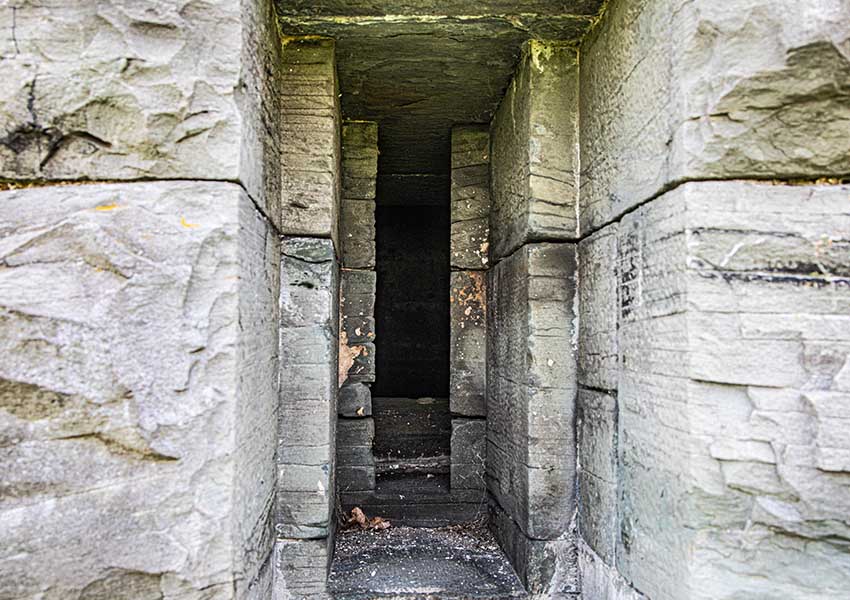
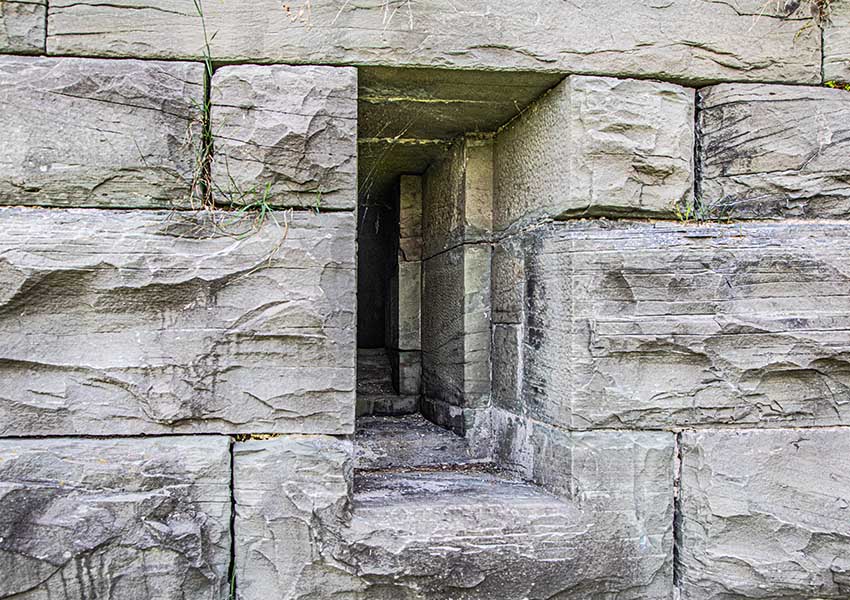
DESCRIPTION
Fort Ontario: “Guardian of the Northern Frontier”
Tom and I visited this formidable historic stone fort in the summer of 2021.
On the way to the entrance to Fort Ontario, we walked by the cemetery, the final marked resting place for seventy-seven men, women and children. Many more souls were buried in unmarked graves in the land around the fort.
Fort Ontario is a huge, star-shaped pentagonal model, with five bastions, designed for mounted heavy cannons above the outer wall that surrounds the outside of the fort. Howitzers were mounted in the casemates built into the ramparts of the bastions.
For added firepower, the bastions were pierced with loopholes for rifles to be used against attacking forces as well.
Visiting the inner buildings was like a step back in time. Each building is set up the way it looked in 1868, when Company F was stationed here. Entering from the front gate, there is a long tunnel with two guard stations on either side.
In the middle of the interior, is the large courtyard. Around the courtyard are the Enlisted Men’s Barracks, the Officers Quarters 1 and 2, the Powder Magazine, the Storehouse and other areas needed for life here in the 1800s and 1900s.
There are historical displays showing how the military personnel lived, as well as displays depicting the long history of the fort, military base and all the various uses of the property.
The Enlisted Men’s Barracks was where the men lived, talked, slept, cooked and ate all their meals. The first floor of the Barracks had two large rooms. The room on the right was where the men cooked and ate their meals. It had two pantries to hold supplies.
The second floor held the bunks and places for soldiers to hang up their clothing to keep it clean and tidy.
There wasn’t much time for soldiers to get into trouble, as their every minute was regulated from sunrise to sunset. Their day began at sunrise with Reveille. NO sleeping in for these poor souls. Cleanup of their quarters happened before breakfast at 6:00 AM. Work details for the day were available at 7:00 AM. Daily change of guard happened at 8:30 AM.
Next on the schedule was drill practice in marching, weapons handling, and battle formation, that ended at 11:00 AM. Lunch was at 12:00 PM, followed by more drill practice from 3:00-4:00 PM.
Dinner was at 5:30 PM. DRESS PARADE required soldiers to be in full dress uniform, twenty minutes before sunset, which may have happened before dinner. The flag was lowered at sunset. At 9:15, everyone prepared for bed, and TAPs was at 9:30.
OFFICERS QUARTERS 2
The interior of this two story historic structure is an accurate display of what was here in 1868, when Company F was in control. It housed Company F Offices, Engineering Offices, and living quarters for the Quartermaster, and the Assistant Quartermaster, who was Lieutenant Michael J Hogarth in 1868.
Visiting this building is a true step back in time, as it is set up with furniture and items needed for each office. It looks like everyone is out for a meal.
HISTORY
Location, location, location! This strategic spot ensured that there would be a military fort here for over one hundred years, all the way through World War 2!
In 1755, during the French and Indian War, Fort Ontario, then called the “Fort of the Six Nations” was constructed to add to the defensive strength of its sister fort, Fort Oswego, located just across the Oswego River.
Not long after it was first built, Fort Ontario was destroyed in the Battle of Fort Oswego by French forces.
The British did not give up this strategic spot. The second version of the “Fort of the Six Nations,” called Fort Ontario, was rebuilt in 1759. A treaty with Chief Pontiac was signed here on July 25th, 1766.
This second fort was destroyed during the Revolutionary War by the brave lads of the Third New York Regiment, after the British abandoned it in 1778.
Four years later, the British moved back inside, and rebuilt again. They held this strategic location until 1796, leaving only after Jay’s Treaty was signed. The American troops moved inside.
During the War of 1812, British forces destroyed it once again. After a few years of disuse, Americans rebuilt Fort Ontario to keep an eye on smuggling that was happening between Canada and American territory.
During the Civil War, Americans strengthened the fort to be more effective in watching for British forces coming from Canada to help the South.
After the Civil War, the fort was run by Army Company F, 42nd Infantry, which was made up of re-enlisted soldiers who had been wounded.
As the years went by, more modern buildings were built outside on the expansive property, while the older buildings fell into creaky shape.
When the United States joined World War 1 in 1917, Fort Ontario was renovated to be a teaching military hospital to train medical Army personnel, bound for France.\
In 1921, Fort Ontario became an infantry base, where the 28th Infantry Regiment was in charge. In 1933, the 28th was reassigned, and the Second Brigade of the U.S. First Infantry Division moved inside.
In June of 1940, this brigade was deactivated. The restoration of the historic buildings began, and a golf course was laid out on the grassy ramparts, which may have resulted in some soldiers rolling over in their graves in the Fort Ontario Cemetery.
Fort Ontario was refurbished and started yet another tour of duty the same year. The original purpose of the sixty new buildings built outside the fort was to house newly-drafted soldiers, but instead several National Guard anti-aircraft units moved in.
In 1941, Fort Ontario became a training center for African American Military Police. In 1944, The Fort Ontario Emergency Refugee Shelter was established, becoming home to nine hundred and eighty two Jewish refugees, until 1946, when they were given the green light to become U.S. citizens. After World War 2 ended, the Army closed the base, but still used the buildings for training for Army Reserve troops.
Veterans and their families were housed here until 1953 in the existing buildings outside the old fort.
In 1970, the fully-restored Fort Ontario was opened to the public as a historical museum run by the state of New York. For good measure, this beloved site was added to the National Register of Historic Places, also in 1970.
In 2010, when it’s funding was going to be cut because of the New York state budget crisis, there was a huge outcry and the funding was saved. It became a state park. All the other buildings were taken down, leaving acres of green grass all around the old restored fort, looking much like it did when it first opened so long ago.
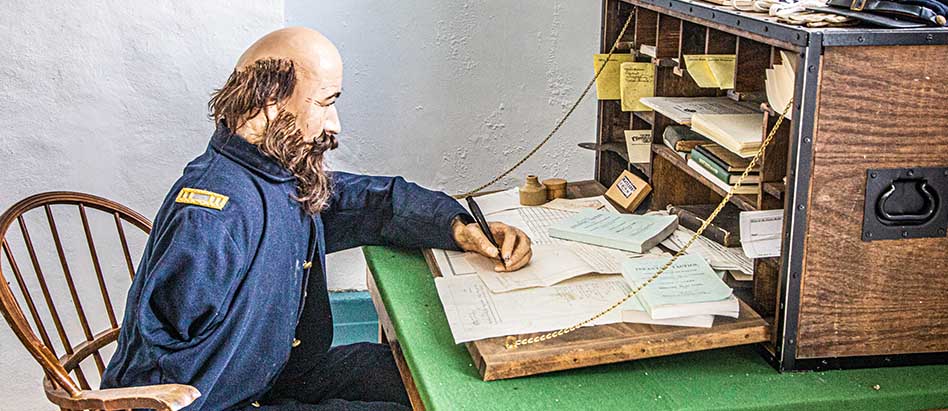
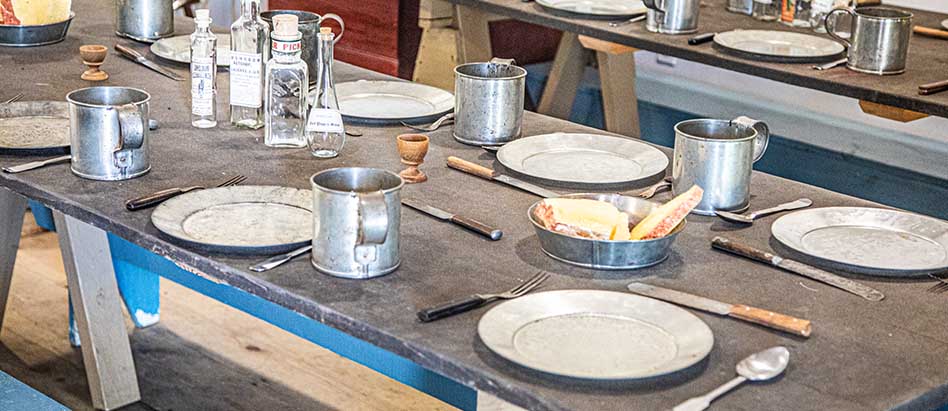
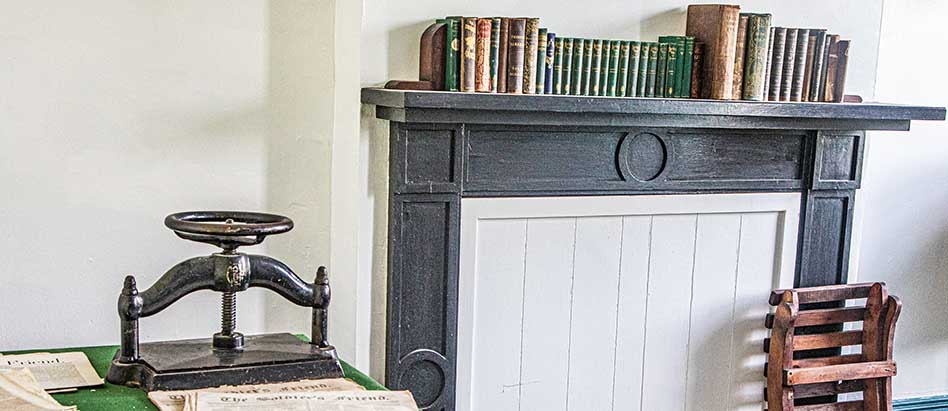


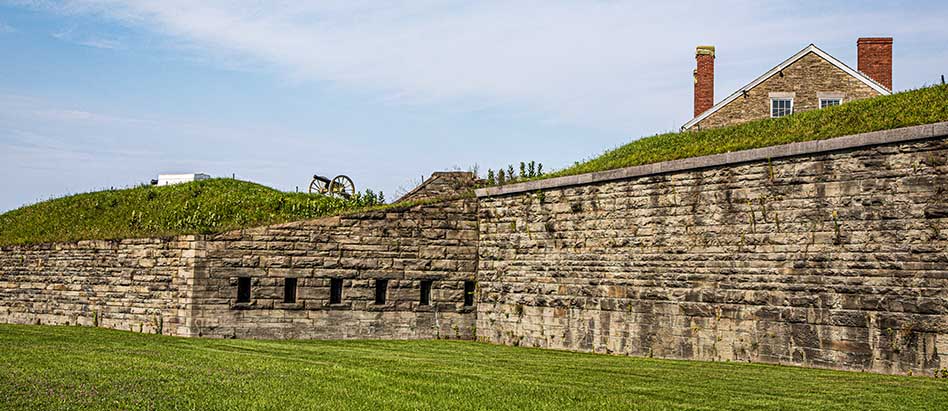

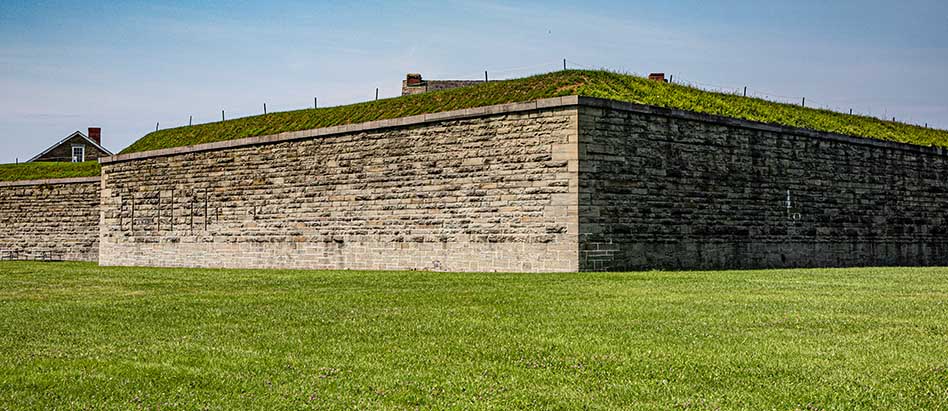
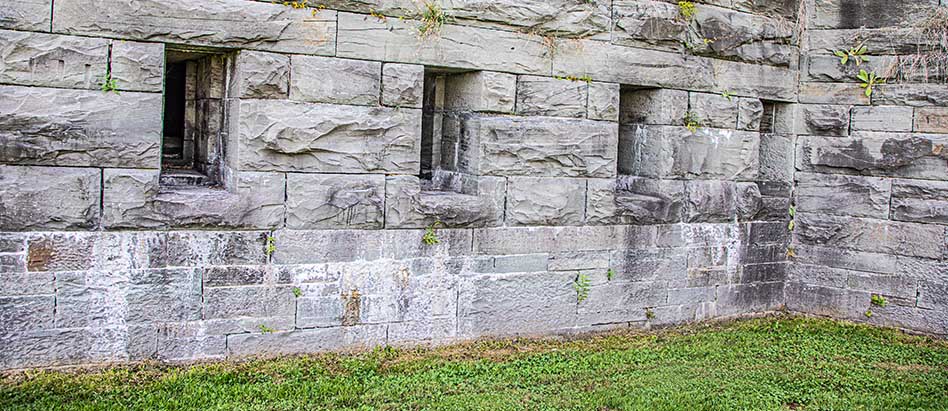
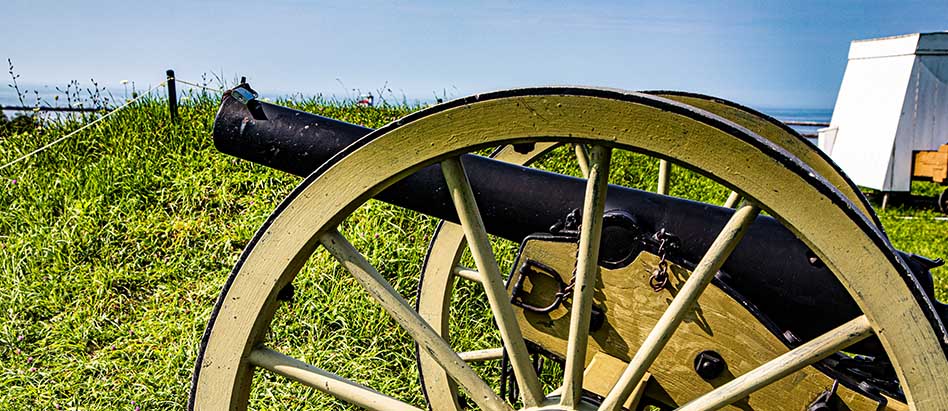
HISTORY OF MANIFESTATIONS
Sudden or unexpected death takes spirits suddenly out of their bodies, a bad surprise indeed! Some spirits don’t realize that they have passed, others don’t accept their death and try to reenter their lives here in this world. They even interact with the living, finding ways to participate in earthly activities.
USS The Sullivans, NY (The five Sullivan brothers enlisted and served together on the USS Juneau. Being together didn’t save them. As they didn’t accept their deaths, they continued to serve in spirit form on another ship named for them.)
USS Hornet, CA (Apparently, decapitated spectral flight deck crew members, victims of loose plane cables, still report for duty.)
Queen Mary, CA (A captain of the ship accidentally drank poison and has returned as a spirit.)
Fort Ontario, NY (An officer died suddenly in a duel, while other soldiers were suddenly killed during battles and skirmishes.)
Prolonged suffering that leads to painful death sometimes causes restless spirits.
Fort Pulaski, GA (Confederate soldiers were held here in poor conditions, suffering from disease and lack of food. Some died here before saner minds changed the punitive starvation policy.)
Fort William Henry Museum, NY (Victims of torturous, painful deaths due to a massacre are restless and not in the best of humor.)
Waverly Hills Sanitarium, KY (Patients suffered from TB, often suffocating to death. They have returned – or they never left! – in spectral form.)
Fort Ontario, NY (Lieutenant Basil Dunbar and other soldiers suffered from dreaded diseases like small pox, and died. In bleak periods of the fort’s existence, some soldiers died of starvation, or more commonly died from wounds suffered in battle).
Horrifying and terrifying deaths cause spirits to look for peace in a favorite place, going back to what they knew and enjoyed, even finding ways to interact with the living.
Edgewood Plantation B&B, VA (Confederate soldiers who died during the Civil War, sometimes in grisly ways, have decided to reside in a place that treated them kindly, and where they can be with buddies as they continue on in their service to the Confederate cause in the afterlife.)
Brumder Mansion, WI (When the Chicago mob soldiers closed down the speakeasy in the basement, everyone there was brutally killed because they knew too much. The spirits of the crew who worked there still reside in the basement and theatre, finding new jobs to do. They remember the great times they had together, as well as working through their restlessness).
Kahler Grand Hotel, MN (The spirit of a candy heiress was brutally beaten to death by mob thugs, but she chooses to remain in her favorite hotel, dwelling on pleasant experiences).
Fort Ontario, NY (As this fort was destroyed three times, many people died in battles fought in the sieges, as well as from wounds suffered, disease, accidents, and natural causes.)
Passing away before an important goal has been achieved is a cause of restless spirits.
Hunt-Phelan House, TN (A dedicated 19th Century servant is still trying to finish an assigned task after his premature demise.)
Waverly Hills Sanitarium KY (The spirits of TB victims still hope to be cured.)
Moravian College, PA (The spirit of a soldier, killed in war, is still determined to take the classes he needs to graduate.)
Fort Ontario, NY (Some spirits of soldiers still have a long list of things to do and don’t care if they are in spirit form).
(Spirits of Jewish refugees who had escaped capture, or survived the Nazi death camps, but died at Fort Ontario, are still waiting to be resettled in America, not wiling to give up dreams of a new life).
MANIFESTATIONS
The spirits who reside here are comfortable with the living and the other spirits, and can appear both day and night, not afraid to make themselves known to staff or fort visitors. Unseen presences also provide auditory cues to announce their presences. In other words, Fort Ontario offers the full paranormal sports package.
Auditory Activity
The living have experienced disembodied voices from intelligent spirits, and heard footsteps.
The spirits enjoy their own kind of music, that the living can also hear.
The crying of a woman in distress has been heard on the second floor of the Officers Quarters 1 building
The Spirit of a Sergeant
He still takes pride in his service here.
This unknown spirit was first reported in 1907 by a new recruit on Guard Duty.
He found out that this apparition had appeared to many others in this duty station, doing what he could to support the living, especially new soldiers.
After Taps was sounded, this spirit opened the Sally Port, carrying a huge musket on his shoulder and a dark lantern in his other hand, to make the last check outside to be sure that the perimeter was secure.
He then does an about-face and takes measured steps back into the Sally Port.
Fort Ontario Museum is closed to the public where he continues today, but perhaps the caretaker or ghost hunters have been him perform this duty.
The Spirit of Lieutenant Basil Dunbar
This British Officer has made many personal appearances.
He wanders around very confused inside the fort, not realizing, or perhaps not wanting to admit, that he was killed in the duel he fought.
He may try to fit into the regular routine he had while alive.
He may find some peace having so many other spirits to keep him company.
The Spirit of Corporal Fykes
This spirit of an American Loyalist knows that he died, but is not ready to give up his duties here.
He still does guard duty at the fort, and has a plague dedicated to him, stating that he served in the Kings Royal Regiment of New York, and that he died on November 30th, 1782.
For one hundred years, he made personal appearances in front of men stationed here perhaps to supervise, encourage and admonish, not caring that these were American soldiers and not British.
Today, he may manage the many spirits of soldiers who still are on duty here.
The Spirit of a Stern Officer
He may be one of the Quartermaster officers who is still trying to catch up on his workload.
He likes to stay in the Officers Quarters 2, where he mainly worked while alive, and apparently still does in spirit form.
He is a brave soul as he was in life, and not afraid to contact the living when he has something to say, or communicate with the living when asked to do so.
He has no patience with living children, and has been known to sternly tell them to leave, as children were not allowed in this building on his watch.
Two young girls and a young boy told a volunteer about the mean man who appeared in uniform and barked at them to leave immediately.
They thought he was real, as he appears in a solid form.
Friendly and Benign
A female docent who opens up the buildings in the morning always says, “Hello” to the spirits, and usually gets a “Hey” back from one or more of them.
A female volunteer felt an unseen presence whisper in her ear, “Hi!”
She once heard a woman humming in Officers Quarters 1, where Jewish Refugees had stayed. She knew it was a spirit because she was the only living person in the building.
Personal Appearances of the Duty-bound
The spirits of military personnel, some wearing red hats, some in American uniforms, are still on duty, following the schedule of their military lives.
See-through apparitions and shadows are seen in the various barracks, eating areas, and outside as well.
Some spirits relive the battles where they died. Spirits are still on duty in the casemates where they met their end defending the fort.
The living have seen pairs of legs running by.
The Spirit of a Jewish Boy
The spirit of a little Jewish boy is seen and heard, as he calls his cat in the Officers’ Quarters 2 building.
He wanted to perhaps play the hide and seek game, Marco Polo with TAPs members, as they heard a disembodied child’s voice call “Marco.”
Or, perhaps he was just telling them his name at a safe distance.
The Spirit of Nazi Survivor
The spirit of a Jewish woman goes about her everyday chores with the hope that she will have a new life in America. Not willing to accept her death, she still waits in hope for a different outcome.
It is thought that she stays in the Officers Quarters 1 building, as a woman’s apparition is seen looking out a second floor window onto the courtyard.
A woman is heard crying here as well.
Cemetery Spirits
The spirits of perhaps soldiers still guard the perimeter of the cemetery, keeping a close eye on paranormal investigators visiting the graves.
TAPS investigators saw shadows of probably spirit soldiers running amongst the tree line, watching them.
One investigator felt that they were surrounded by unseen presences.
A spirit child is a friendly presence, and wants to play.
PARANORMAL FINDINGS
Staff, volunteers, visitors and paranormal investigators have had boatloads of personal experiences, both day and night.\
Paranormal investigators and ghost tours often experience the spirits and catch hard evidence as well.
Ghost Hunters (TAPS) filmed an episode, “Ghostly Refuge,” shown in Season 8, Episode 17. It proved to be an active night and all teams had experiences with the spirits in all the hotspots, catching hard evidence to play for the director of Fort Ontario.
The spirits came out to play and watch the intruders in the cemetery, while others were not shy in making themselves known in various Fort Ontario hotspots. For example, Jason and Steve perhaps had direct contact with the stern Quartermaster spirit in the Officers’ Quarters 2, when they had a conversation with him, that was caught on EVPs. Through knocks, this spirit told them that he was an American. They heard his heavy footsteps on the second floor as well.
STILL HAUNTED?
A big Yes Indeed is in order.
The spirits have their reasons for staying in this beloved place, and have long since gotten used to sharing their buildings with the living, as Fort Ontario has been used by many military outfits, and repurposed quite a few times to meet the needs of the Army and its people, as well as the needs of Jewish refugees.
Restless souls do find some peace residing at this fort as they work through what is keeping them here. They can make themselves feel better about their sudden demise, crushed dreams and plans, disappointments and troubles, all of which have made them restless. They have nothing to fear, because after all this is a historical museum, and they are part of the history, doing their activities for their time.
LOCATION
1 East 4th Street
Oswego, NY 17120
Fort Ontario Historical site is located on the east side of the Oswego River on high ground that overlooks Lake Ontario.
SOURCES INCLUDE
- The Big Book of New York Ghost Stories, By Cheri Revai, Stackpole Books, 2009.
- https://hauntedhistorytrail.com/blog/video-fort-ontarios-ghosts-appear-at-nightand-in-the-day
- https://hauntedhistorytrail.com/explore/fort-ontario-state-historic-site
- The Story Behind This Haunted Fort In New York Is Truly Creepy, Posted in New York Creepy
October 02, 2016 by Lea Monroe - https://npgallery.nps.gov/AssetDetail/NRIS/70000426
- Ghost Hunters Season 8 Episode 17
Our paranormal stories are written by Julie Carr.


